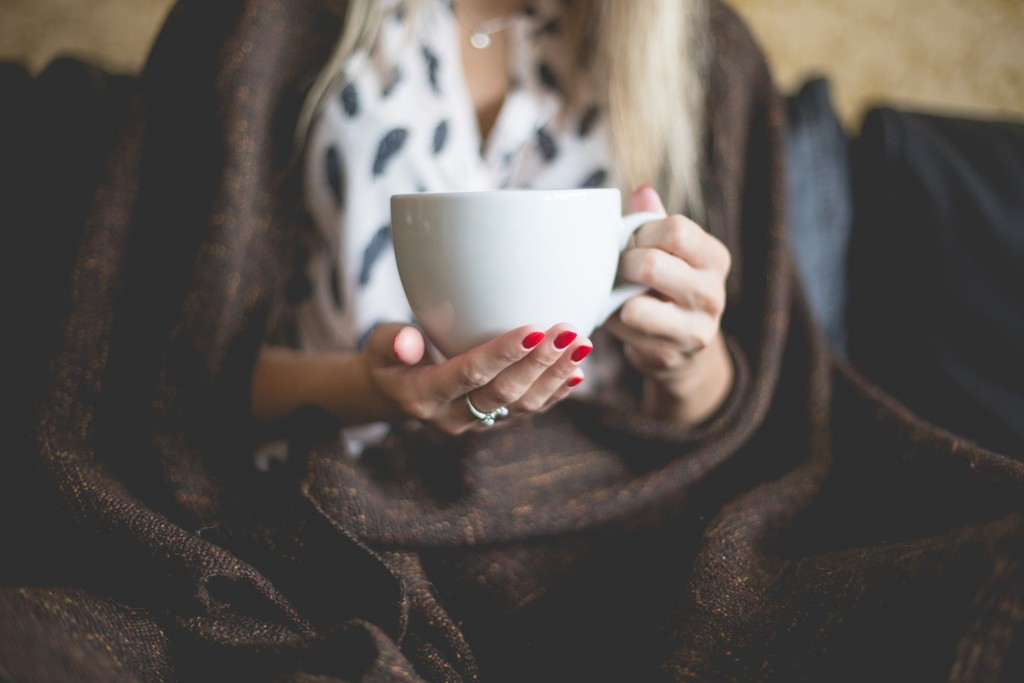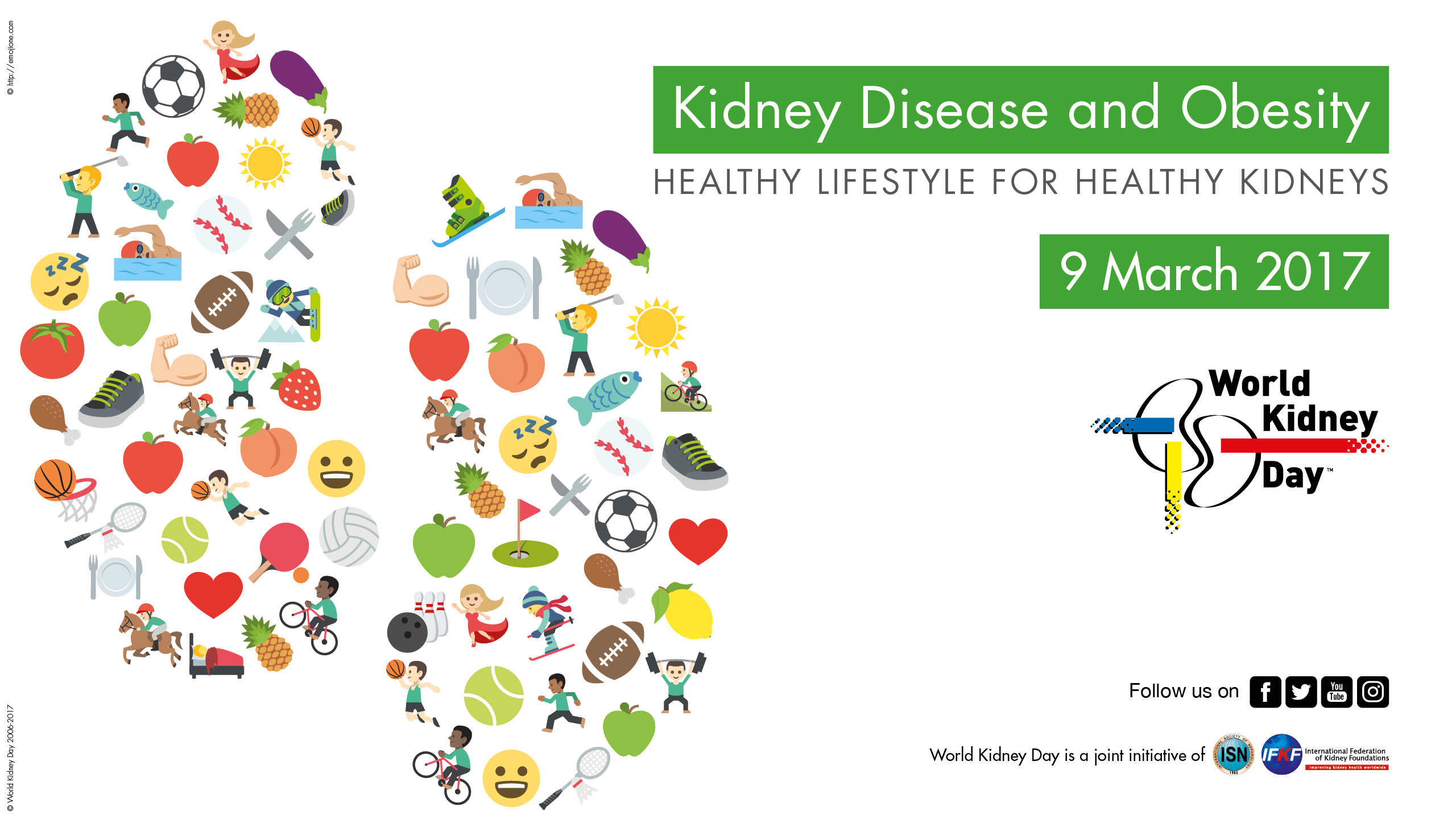
Do you ever feel stressed, overwhelmed or anxious? It’s easy for life to become stressful, but mindfulness techniques can give you the tools to manage how you respond to the situations you’re in. Mindfulness is helpful for anyone, of any age, gender, religion or occupation. Here’s how you can become more mindful.
What is mindfulness?
Mindfulness encourages our brains to think clearly and focus on the present, instead of dwelling on the past or worrying about the future. It’s easy to get into the habit of living life with your mind elsewhere – whether you’re eating, spending time with friends and family or working, we can become distracted and not fully present. Mindfulness techniques help you get off autopilot, feel better and reduce stress.
Most mindfulness techniques come from meditation principles. The aim of mindfulness is not to completely clear the mind, but to calm your thoughts and become more aware. The techniques are suitable for everybody and are backed by scientific studies as a way to reduce stress, increase self-awareness and improve mental health.
What are the benefits?
There are many benefits to practicing mindfulness techniques. There have been many studies that show real improvements for people who learn to be more mindful. Mindfulness can help you to:
- Help with concentration
- Improve the ability to relax
- Reduce stress, anxiety and depression
- Become more self-aware
- Calm your nervous system
- Improve the quality of your sleep
- Clear your head
How do you become more mindful?
Basic techniques will encourage you to become aware of your surroundings and observe your own feelings, thoughts, and the input from your five senses, without judging or analysing. Mindfulness is a habit that you need to cultivate over time to get the best results. Your mind will want to wander, especially when you’re learning, but calmly return to what you’re doing. You might have thoughts come, but try to let them pass without analysing them.
You might want to try mindful meditation, where you sit quietly and focus on your breathing or a word or phrase. Mindful breathing is another technique that requires you to stop for a short while and think about your breathing – how it feels, how it sounds, how it affects your body. Progressive muscle relaxation is another common technique that involves tensing your muscles from toes to head, and then slowly relaxing each part of your body.
Where can you find more information?
There are plenty of resources available that can help you learn mindfulness techniques and make them a part of your daily life. The Smiling Mind app and ReachOut Breathe app are great options. There are plenty of great online resources available. If you are having trouble managing your stress, anxiety and/or depression, it’s a good idea to talk to your GP about your options. We are all able to benefit from being more mindful – it’s worth practicing.
Click here to book an appointment with a GP to discuss mental health –>










